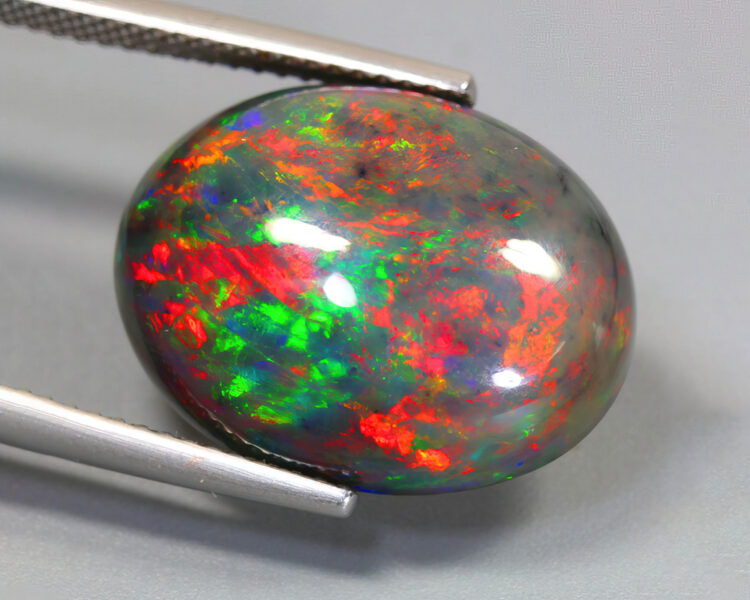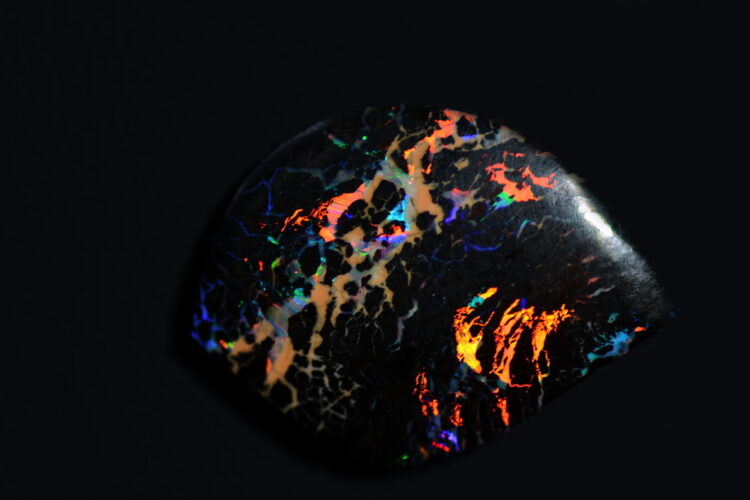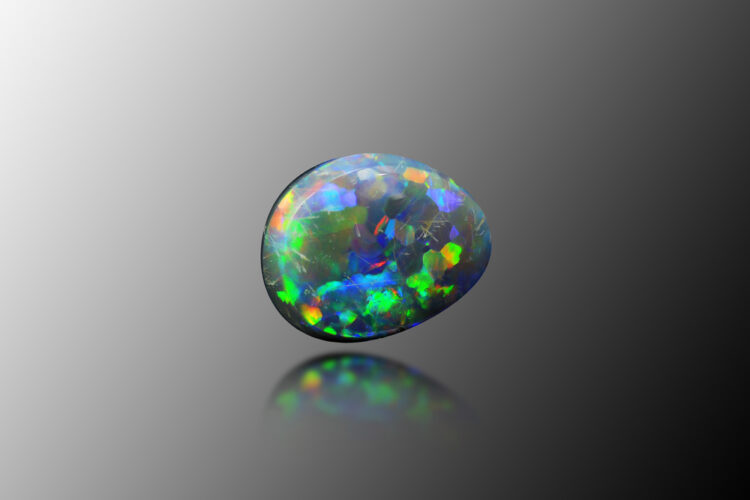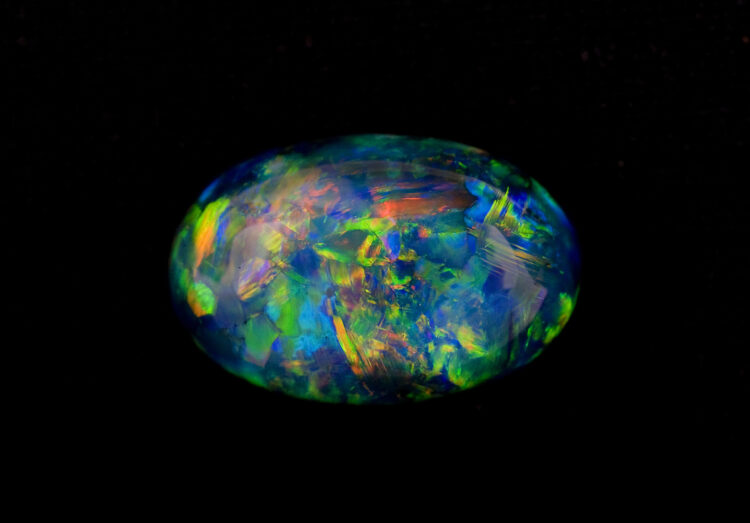Opals, a brilliant gemstone celebrated for its kaleidoscope of color, are notably prominent in Australia, which produces around 95% of the world’s opals. While this shimmering treasure is not unique to Australia, notable deposits are found in South Australia’s Coober Pedy, Andamooka, and Mintabie, as well as Lightning Ridge and White Cliffs in New South Wales, and Queensland’s Quilpie and Winton districts. Many gemologists consider Australian opals to be the world’s finest.
The Coober Peddy area is one of the best mining regions in Australia. Visitors are allowed to become amateur prospectors and, on occasion, gems are found within inches of the surface and, in a few outstanding cases, on the surface of the ground. Spectacular finds are recorded, with one gem bring over one million USD.

Some 500 miles north of Adelaide, Coober Peddy is not a destination for the less-than-hardy individual. Many of the residences and guest houses or hotels for visitors are underground to protect from the heat of day. While mining can be fruitful, it’s not without its dangers. Risks include physical injury, exposure to hazardous materials, and the mental strain of isolation, resulting in a scarcity that adds to the value of the gem.
Opals are formed from a solution of silicon dioxide and water as water runs down through the earth crevices and voids. Over millions of years, the water evaporates, leaving behind a silica deposit that eventually hardens into opal. There are three primary types of opal: black, white, and boulder opals. Black opals, with their dark body tone and spectral color play, are the rarest and most valuable, primarily found in Lightning Ridge. White opals, less valuable but still spectacular, offer a lighter body tone and are abundant in South Australia’s opal fields. Boulder opals, which include fragments of the surrounding ironstone, create a unique and striking contrast between the stone and the opalescent play of color.

The value of opals depends on various factors such as type, body tone, brilliance, pattern, and size. The most valuable, a top-quality black opal, can fetch prices similar to those for a high-quality diamond. Their play-of-color, which is not found in any other gemstone, is their defining characteristic. This phenomenon, known as ‘opalizing’, is caused by the diffraction of light by silica spheres within the stone, producing a spectral display.

Historically, opals have been surrounded by mythology and folklore. The ancient Romans saw opals as the most powerful and precious gemstone, containing the colors of all other gems. The Aboriginal peoples of Australia considered opals the creator’s footprint and believed they brought harmony to the beholder.
Opals hold significant economic and cultural importance in Australia. They contribute millions to the economy, provide jobs, and play a significant role in local folklore and national identity. Moreover, they’re often incorporated into high-end jewelry and gifted to dignitaries. For the most adventurous of travelers, they also provide a new item to add to your travel plans.


